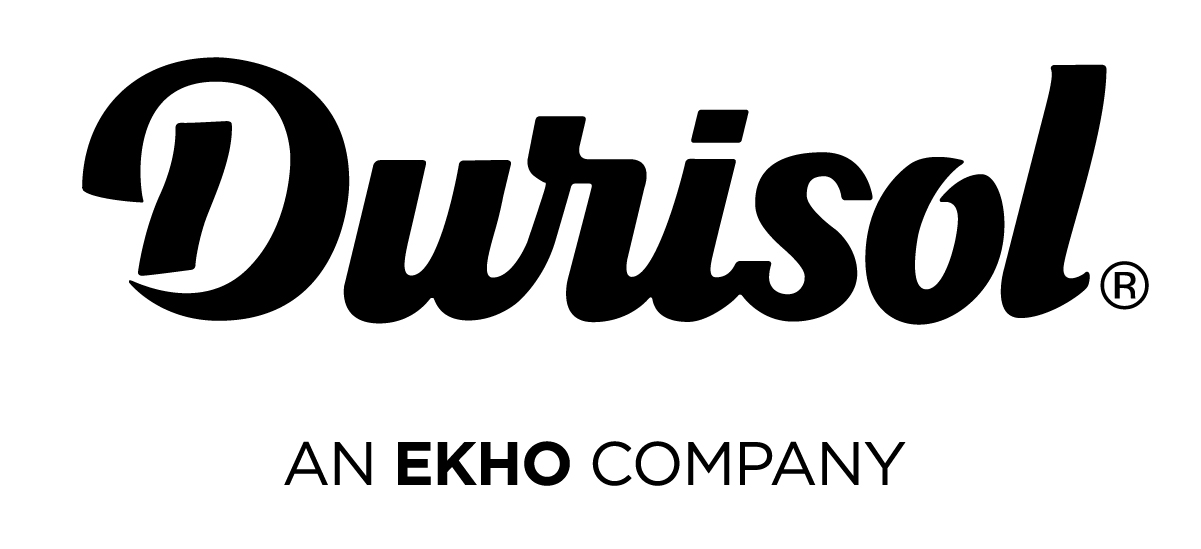Achieving laser-focused personalization in email marketing requires more than basic segmentation or generic dynamic content. It demands a meticulous, data-driven approach to identify nuanced customer behaviors, preferences, and contextual signals that can be translated into actionable personalization strategies. This article explores the intricate process of implementing micro-targeted personalization, moving beyond surface-level tactics to deliver highly relevant, individualized email experiences that significantly boost engagement and conversion rates.
Table of Contents
- Understanding Data Collection for Precise Micro-Targeting
- Segmenting Audiences with Granular Precision
- Crafting Highly Personal and Relevant Email Content
- Technical Implementation: Setting Up Micro-Targeted Campaigns
- Testing and Optimization of Micro-Targeted Emails
- Case Study: Implementing Micro-Targeted Personalization in a Retail Campaign
- Ensuring Scalability and Maintaining Relevance Over Time
- Final Recap: Delivering Value Through Precise Personalization
1. Understanding Data Collection for Precise Micro-Targeting
a) Identifying Key Data Points Beyond Basic Demographics
To enable effective micro-targeting, marketers must go beyond age, gender, and location. Essential data points include:
- Purchase History: Track product categories, average order value, repeat purchases, and seasonal trends.
- Browsing Behavior: Monitor page visits, time spent on specific product pages, and abandoned carts.
- Engagement Patterns: Email opens, click-through rates, and interaction with previous campaigns.
- Customer Preferences: Explicit data such as survey responses or preference centers.
For example, a fashion retailer can segment customers based on preferred styles, color choices, and purchase frequency, allowing for hyper-relevant recommendations.
b) Integrating Behavioral and Contextual Data Sources
Behavioral data—such as recent activity—combined with contextual signals like device type, location, and even weather conditions, enriches your customer profile. For instance, if a user browses outdoor gear during a rainy weekend in a specific region, this context can trigger tailored emails promoting rain-resistant products or local store events.
Use tools like Google Analytics, CRM integrations, and real-time event tracking to compile these data points into a unified customer view.
c) Ensuring Data Privacy and Compliance During Collection
Collecting granular data necessitates strict adherence to privacy laws like GDPR, CCPA, and other regional regulations. Key practices include:
- Explicit Consent: Clearly communicate data collection purposes and obtain opt-in consent.
- Data Minimization: Only collect data essential for personalization objectives.
- Secure Storage: Encrypt sensitive data and restrict access.
- Transparency and Control: Allow users to view, edit, or delete their data and manage preferences.
Implementing these practices not only ensures compliance but also builds trust, which is critical for collecting high-quality data necessary for micro-targeting.
2. Segmenting Audiences with Granular Precision
a) Creating Dynamic Segmentation Rules Based on Behavioral Triggers
Dynamic segmentation involves real-time rules that adapt as customer behaviors change. For example, create rules such as:
- Segment customers who viewed a product within the last 48 hours but did not purchase.
- Identify users who added items to cart but did not checkout within 24 hours.
- Flag loyal customers with multiple repeat purchases in a given timeframe.
Implement these rules within your marketing automation tools using conditional logic, ensuring segments are constantly updated for timely relevance.
b) Using Machine Learning to Identify Micro-Segments
Employ machine learning models—such as clustering algorithms (e.g., K-Means, DBSCAN)—to discover latent customer segments that aren’t apparent through manual rules. Practical steps include:
- Aggregate high-dimensional data points: purchase frequency, average spend, engagement metrics, preferences.
- Normalize data to prevent bias from scale differences.
- Run clustering algorithms to identify natural groupings.
- Validate clusters using silhouette scores or manual review for interpretability.
These micro-segments can then be targeted with highly tailored messaging, such as exclusive offers for a niche group of high-value, infrequent buyers.
c) Validating Segment Accuracy Through A/B Testing
Even the most sophisticated segments require validation. Use A/B split testing by:
- Creating two variants: one with the existing segment definitions and another with refined criteria.
- Testing across multiple campaigns or time periods to assess consistency.
- Measuring key metrics such as open rate, CTR, conversion rate, and revenue per email.
Expert Tip: Regularly revisit segmentation rules—customer behaviors evolve, and static segments risk becoming irrelevant. Automate periodic revalidation cycles to ensure ongoing accuracy.
3. Crafting Highly Personal and Relevant Email Content
a) Developing Modular Content Blocks for Flexibility
Design email templates with interchangeable modules—such as product recommendations, testimonials, or event invites—that can be assembled dynamically based on segment data. Practical steps:
- Create a library of content blocks tagged with metadata (e.g., product category, customer segment).
- Use a content management system or email platform supporting modular design.
- Set rules to insert blocks dynamically based on customer data points.
This approach reduces manual effort, enhances personalization granularity, and allows rapid updates without redesigning entire templates.
b) Personalization Tactics Based on User Journey Stage
Align content with the customer’s lifecycle stage:
- Awareness: Educational content, brand stories, introductory offers.
- Consideration: Product comparisons, reviews, personalized discounts.
- Purchase: Abandoned cart reminders, time-sensitive deals.
- Loyalty: Rewards, exclusive previews, re-engagement offers.
Map each segment’s stage and tailor messaging accordingly, increasing relevance and conversion likelihood.
c) Leveraging Real-Time Data for Dynamic Content Updates
Integrate real-time signals such as recent browsing activity or current weather to update email content just before sending. For example:
- Show personalized product recommendations based on recent page views.
- Display current local weather with relevant product suggestions, like umbrellas or sunglasses.
- Adjust messaging based on time-sensitive behaviors, such as last-minute cart abandonment.
Use API integrations with your website or app to fetch fresh data at send time, ensuring content relevance.
d) Example: Building Personalized Product Recommendations
Suppose a customer recently purchased hiking boots. A personalized recommendation block could include:
| Product Image | Product Name | Price |
|---|---|---|
 |
Trailblazer Hiking Shoes | $89.99 |
 |
HydroFlow Water Bottle | $15.49 |
 |
Summit Tent | $129.99 |
Using dynamic content like this increases relevance and encourages cross-sell opportunities, boosting overall revenue.
4. Technical Implementation: Setting Up Micro-Targeted Campaigns
a) Configuring Marketing Automation Platforms for Fine-Grained Targeting
Choose a marketing automation platform that supports advanced segmentation, conditional logic, and API integrations

